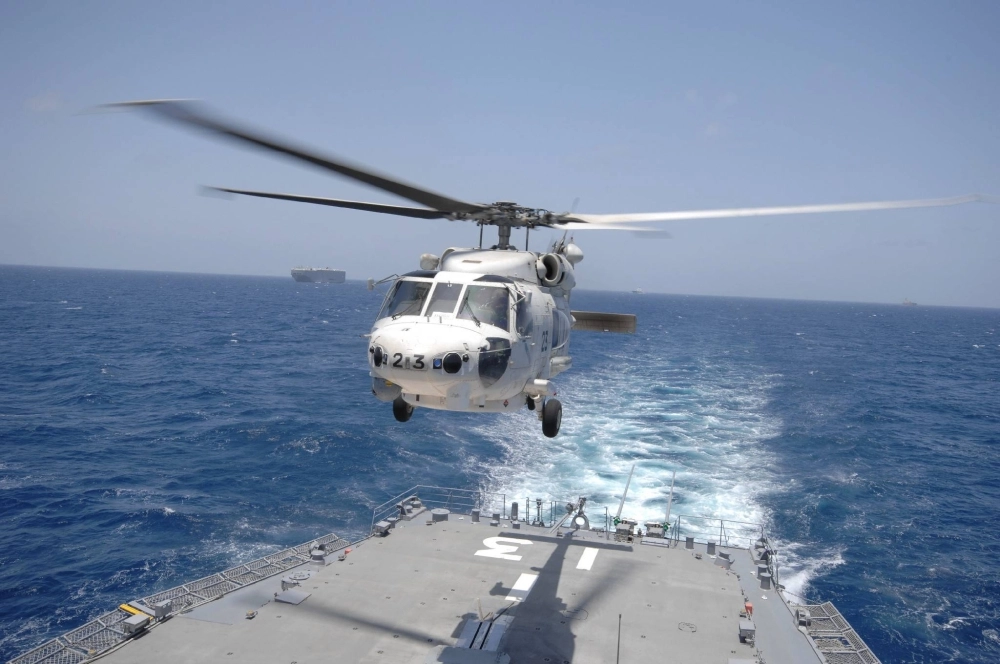A Maritime Self-Defense Force panel on Tuesday released the results of a probe into an April collision of two helicopters that left eight crew members dead, with the panel’s report suggesting that insufficient coordination by commanders had played a role in the accident.
The report also singled out improper watch procedures by the crew of both SH-60K helicopters, which collided during nighttime training off a remote island near Tokyo on April 20, killing all aboard.
Defense Minister Minoru Kihara told a news conference announcing the report that his ministry had taken the results “very seriously.”

















With your current subscription plan you can comment on stories. However, before writing your first comment, please create a display name in the Profile section of your subscriber account page.